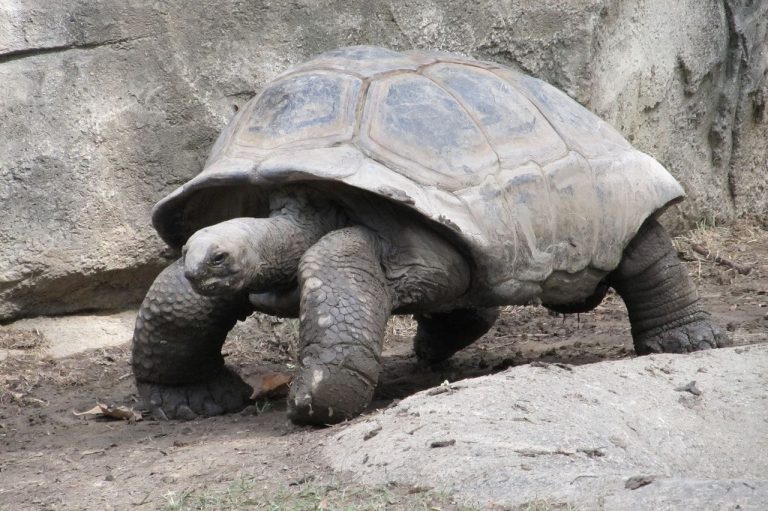How Much Do Pet Turtles Cost? [Full Cost Breakdown]
Today we discuss How Much Do Pet Turtles Cost. Owning a pet turtle can be a rewarding experience, but it’s important to understand the financial commitment that comes with it. In this comprehensive guide, we will break down all the costs associated with owning a pet turtle, from initial setup expenses to ongoing care and maintenance. By the end of this article, you will have a clear understanding of how much it truly costs to own a pet turtle.
How Much Do Pet Turtles Cost?
Initial Setup Costs:
When bringing home a pet turtle, there are several essential items you’ll need to purchase to create a suitable habitat for your new companion. Here are the key initial setup costs to consider:
Tank or Enclosure:
The first and most significant expense is the tank or enclosure for your turtle. The size of the tank will depend on the species of turtle you have, but it’s recommended to provide at least 10 gallons of water per inch of shell length for aquatic turtles.
For terrestrial turtles, a large enclosed space is necessary for roaming. Tanks can range from $50 for a basic setup to over $500 for larger, more elaborate enclosures.
Heat Lamp and UVB Light:
Turtles require access to heat and UVB light to regulate their body temperature and absorb essential nutrients. A heat lamp and UVB light fixture can cost between $50 to $100, depending on the brand and quality.
Filter and Water Conditioner:
A good filtration system is crucial for maintaining water quality in your turtle’s tank. Filters designed for turtle tanks typically cost between $20 to $50.
Additionally, a water conditioner to remove chlorine and chloramines should be used, which can cost around $10.
Substrate and Decor:
Substrate provides a comfortable and natural flooring for your turtle’s tank. Options include gravel, sand, or specialized turtle substrate, which can range from $10 to $50. Decors such as rocks, plants, and basking platforms are also essential for enrichment and can cost an additional $20 to $50.
Thermometer and Hygrometer:
To monitor the temperature and humidity levels in your turtle’s habitat, a thermometer and hygrometer are necessary accessories. These can be purchased for around $10 to $20 each.
Acquisition Costs:
In addition to the setup expenses, there are costs associated with acquiring the turtle itself. Depending on where you obtain your pet turtle, prices can vary significantly. Here are some common acquisition costs to consider:
Breeder or Pet Store:
Purchasing a turtle from a breeder or pet store is one option, with prices typically ranging from $20 to $200 or more, depending on the species and age of the turtle.
Adoption or Rescue:
Another option is to adopt or rescue a turtle from a shelter or rescue organization. Adoption fees can range from $10 to $50, depending on the organization and any additional services provided.
Shipping:
If you choose to purchase a turtle online or from a breeder in another location, shipping costs can add $50 to $100 or more to the total price.
Ongoing Care Costs:
Once you have set up your turtle’s habitat and acquired your new pet, there are ongoing care costs to consider. These expenses are necessary for maintaining your turtle’s health and well-being over time. Here are some common ongoing care costs:
Food:
Turtles require a varied diet that includes pellets, live or frozen insects, leafy greens, and occasional fruits. The cost of food can vary depending on the type and quantity purchased but typically ranges from $10 to $20 per month.
Veterinary Care:
Regular check-ups with a reptile veterinarian are essential for monitoring your turtle’s health. Veterinary costs can vary but budgeting $50 to $100 per visit is a good estimate. Emergency veterinary care can be more expensive, so having a reserve fund for unexpected medical expenses is advisable.
Lighting and Heating:
UVB bulbs and heat lamps need to be replaced regularly to ensure they are providing adequate light and heat for your turtle. Budgeting $20 to $30 every few months for replacement bulbs is recommended.
Water Treatment:
Water filters need regular maintenance, including filter replacements and water changes. Budgeting $10 to $20 per month for filter supplies and water conditioners is typical.
Substrate Replacement:
Substrate should be replaced periodically to maintain cleanliness and hygiene in your turtle’s tank. Budgeting $20 to $30 every few months for substrate replacement is a good practice.
Additional Costs to Consider:
In addition to the essential costs outlined above, there are some additional expenses to keep in mind when budgeting for a pet turtle:
Accessories:
Turtles may benefit from additional accessories such as hiding spots, basking platforms, water heaters, and tank decorations. These items can range from $10 to $50 each, depending on the quality and type of accessory.
Habitat Upgrades:
As your turtle grows, you may need to upgrade their tank or enclosure to provide adequate space and enrichment. Budgeting for potential habitat upgrades in the future is important to consider.
Substrate Testing Kits:
Regularly testing the water quality in your turtle’s tank is crucial for their health. Substrate testing kits can help monitor pH levels, ammonia levels, and overall water quality. These kits typically cost around $20 to $30.
Long-Term Expenses:
Owning a pet turtle is a long-term commitment that comes with ongoing expenses throughout their lifespan. It’s important to budget for these long-term expenses to ensure you can provide proper care for your turtle over the years. Here are some long-term expenses to consider:
Lifespan:
Depending on the species, turtles can live for several decades or even longer. Budgeting for food, supplies, and veterinary care over 20-30 years is essential when considering the long-term costs of owning a pet turtle.
Repairs and Replacements:
Equipment such as filters, heaters, and lighting fixtures may need repairs or replacements over time. Budgeting for potential equipment upgrades or repairs is important for maintaining a healthy habitat for your turtle.
Unexpected Expenses:
Just like any pet, unexpected expenses can arise in the form of illnesses, injuries, or other unforeseen circumstances. Having an emergency fund set aside for unexpected veterinary costs is recommended.
conclusion:
owning a pet turtle can be a fulfilling experience, but it’s crucial to understand the full cost involved in providing proper care for these unique reptiles. By considering all the initial setup costs, acquisition costs, ongoing care expenses, additional costs, and long-term expenses outlined in this guide, you can make an informed decision about whether owning a pet turtle fits within your budget and lifestyle. Remember that proper planning and budgeting are key to being a responsible and caring turtle owner in the long run.


